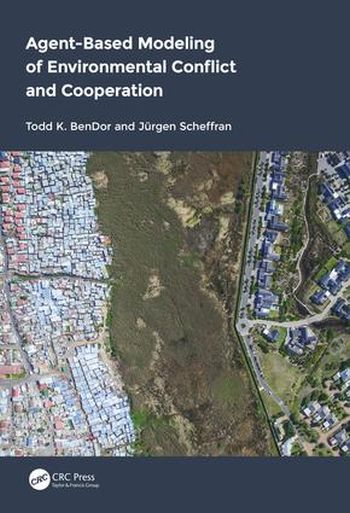
This book examines the recent development and use of computer modeling and simulation as an important tool for understanding environmental and resource-based conflicts and for finding pathways for conflict resolution and cooperation. It introduces a new, innovative technique for using agent-based modeling (ABM) as a tool for better understanding environmental conflicts and discusses the application of agent-based modeling for the analysis of multi-agent interaction and conflict and demonstrates the natural interdisciplinary convergence. The authors explore numerous examples of environmental and resource conflicts around the world, as well as cooperative approaches for conflict resolution.